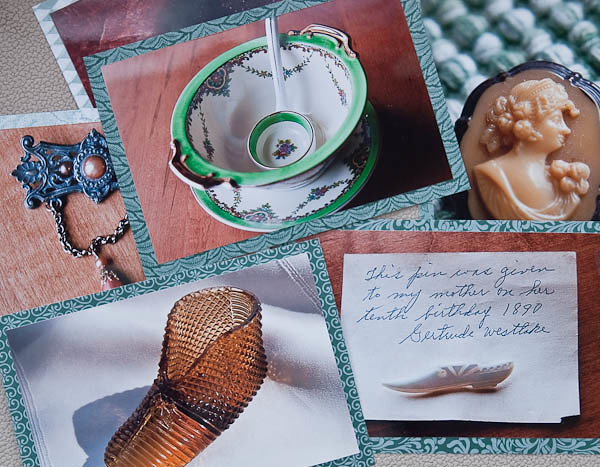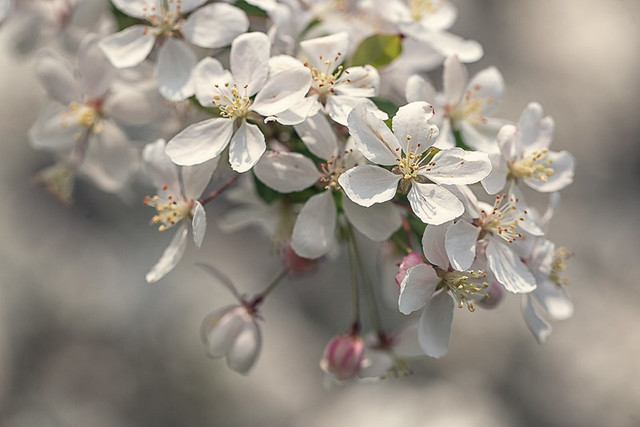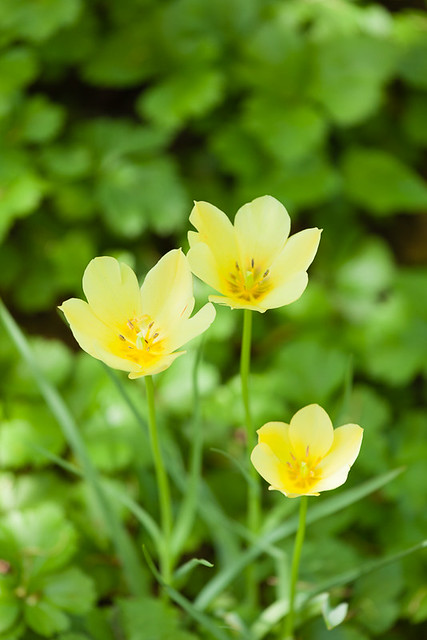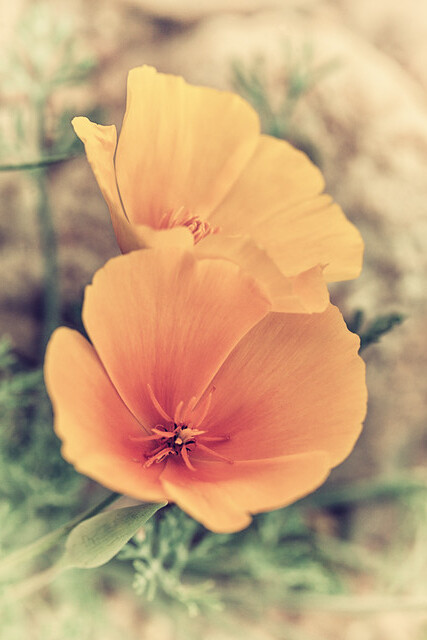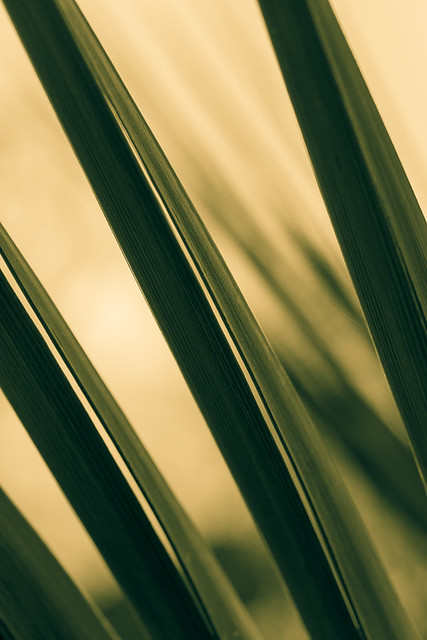We all walk in mysteries. We do not know what is stirring in the atmosphere that surrounds us. ~ Goethe
There is a great deal of change stirring in the atmosphere that surrounds me today. Somedays it is easier to live in the present moment, and fully experience the present day than at other times. A close relative, one who has been a mother figure in my life for over three decades, is experiencing a rapid decline in her health. Her husband died earlier this year, and she is grieving and frail.
There is always the possibility that she will regain her strength, but this is a difficult time for her and for those of us who love her.
Today, though I am physically far away, I am practicing tonglen. It is not a practice she would be familiar with, but I know she will experience its benefits. Tonglen, in this specific case, is the practice of breathing in and accepting another person’s suffering, then breathing out while sending peace and calm.
That is what I hope for her – peace in the present moment, surrounded by the knowledge that she is loved.
—————
Bo Mackison wears many hats including those of photographer, writer, and daughter-in-law.

